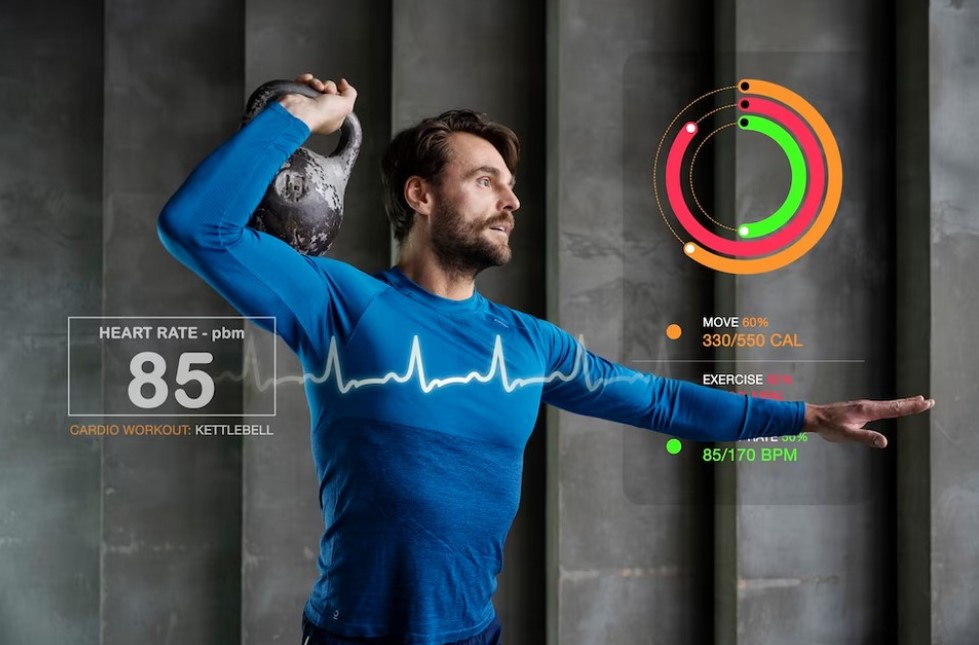Biomechanics, the study of forces and mechanics acting on the human body, has become an increasingly important field in sports training and performance. By analysing the physics and biology behind athletic movements, biomechanics provides invaluable insight into improving technique, preventing injury, and enhancing abilities. This article will examine key aspects of biomechanics and how they are applied in sports to gain a competitive edge.
The Basics of Biomechanics
Biomechanics examines the interplay between a body’s structure and function during movement. It draws on concepts from physics, engineering, anatomy, physiology, and kinesiology to understand the mechanical underpinnings of sports performance. Core focuses include posture, balance, coordination, and the action of muscles, tendons and ligaments during athletic motions. By breaking down movements into quantitative variables, biomechanists can identify areas for refinement and provide evidence-based recommendations for technique adjustments.
Some key biomechanical factors analysed in sports include joint angles and range of motion, force generation and absorption, energy expenditure, acceleration and velocity. Recording and assessing variables related to these factors, using tools like motion capture, force plates, electromyography sensors, and computer simulations, allows biomechanists to pinpoint technical flaws and guide training regimens.
Improving Performance Through Biomechanical Analysis
Biomechanical principles have been applied extensively in many sports to enhance skill, avoid injury, and boost results. For example, in sprinting and running events, analysis of stride length, strike pattern, joint motions, ground reaction forces, and muscle coordination is used to perfect technique and running economy. This can shave precious fractions of a second off race times at elite levels.
In tennis, biomechanical evaluation of the kinetic chain during serves and strokes helps players maximise power and control in shots. For swimmers, reducing drag forces and optimising propulsion through water is a major focus of biomechanical testing. In basketball and volleyball, understanding the mechanics behind vertical leaps provides guidance for improving jump height and blocking skills.
Across all sports, understanding the forces experienced by the body and how to efficiently absorb and generate these forces is crucial for injury prevention and developing mastery. Technique adjustments based on biomechanical principles can mean the difference between a strained muscle or ligament and executing a movement properly and safely.
The Use of Technology and Measurement Tools
Modern technology has opened up new possibilities for biomechanical testing in sports. Instrumented treadmills, motion capture systems, force plates, EMG sensors, and gait analysis tools now allow detailed data collection in laboratory and field settings. Computer modelling and simulation software also enable analysis of kinetics and kinematics that are difficult to directly measure.
Together, these technologies have given biomechanists powerful means to quantify and compare elements of sports techniques and connect specific kinematic or kinetic variables to performance outcomes. The insights gleaned from biomechanical testing using these tools have become integral for designing evidence-driven training programs tailored to each athlete’s strengths and weaknesses.
Applying Biomechanics in Specific Sports
To further illustrate the role of biomechanics in athletic mastery, it is helpful to look at examples in specific sports:
- Swimming: Testing swimmers in a pool with underwater cameras and sensors provides hydrodynamic data on drag, propulsion, stroke mechanics, and kicking efficiency. This can identify technical deficiencies and guide adjustments for optimal stroke and turn execution.
- Track and Field: High speed motion capture, integrated with force plate and EMG data, is used to break down and compare the running gait, hurdle clearance, jumping force, and throwing mechanics of athletes. This facilitates customised training to eliminate weaknesses.
- Golf: Swing analysis using camera systems, sensors, and simulation models assesses factors like club velocity, ball impact dynamics, torque generation, and swing plane. Optimising these variables improves swing power, accuracy, and consistency.
- Soccer: Assessing factors like kicking dynamics, running gait, planned vs unplanned movement, and fatigue effects allows individualised training programs to boost speed, agility, injury avoidance and technical skills like passing accuracy.
In conclusion, the specialised analysis of biomechanics has profoundly shaped sports training and performance over the past few decades. By uncovering the mechanical variables that underlie athletic mastery, biomechanists have provided coaches and athletes with a scientific approach for perfecting skill and avoiding injury. While talent is important, the difference between good and elite is often rooted in mastering the biomechanics of a given sport. Continued research and new technologies will further reveal the anatomical basis of excellence in athletic endeavours, leading to new records and feats previously thought impossible.
